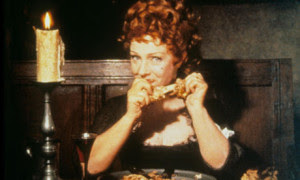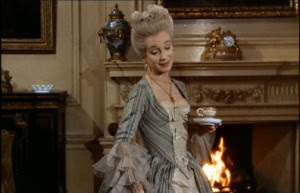Below is my ranking of the Season One episodes of the UPN series, "SPECIAL UNIT 2". Created by Evan Katz, the series starred Michael Landes and Alexondra Lee:
RANKING OF "SPECIAL UNIT 2" SEASON ONE (2001) Episodes
1. (1.04) "The Web" - Chicago Police detectives Nicholas O'Malley and Kate Benson suspect that a young woman, who might be a "spider mutant" link (mythological/supernatural being), is seducing and killing young men in the city.
2. (1.02) "The Pack" - O'Malley infiltrates a pack of high powered power brokers in Chicago, who are suspected of being 'lycanthropic' by infecting himself with the werewolf bite to convince the others that he is one of them.
3. (1.06) "The Depths" - Special Unit 2 investigates a series of mysterious attacks on young women, who are left comatose after being attacked by an aquatic link - a frightening version of the legendary 'Mer-Men". Tom Welling appeared in a brief role.
4. (1.01) "The Brothers" - This premiere episode featured Benson as a Chicago cop who is introduced and recruited into the Chicago PD's Special Unit 2. She is paired with O'Malley before they investigate the disappearance of twelve people, who have been kidnapped by Gargoyles, and must find the nest and stop an impending gargoyle apocalypse. Ron Dean and Willie Garson guest-starred.
5. (1.05) "The Waste" - O'Malley and Benson investigate a mysterious creature that was created from the medical waste from liposuction clinics, a being of fat that roams Chicago's sewer system in search of more human fat to serve its insatiable appetite. Ron Dean makes an appearance.
6. (1.03) "The Wraps" - Special Unit 2 investigates the rise of an ancient Japanese mummy from the dead, who can not only take the form of any handsome man he imagines in order to kidnap beautiful unsuspecting women - including Detective Benson. Dominic Keating and Shaun Toub guest-starred.






































